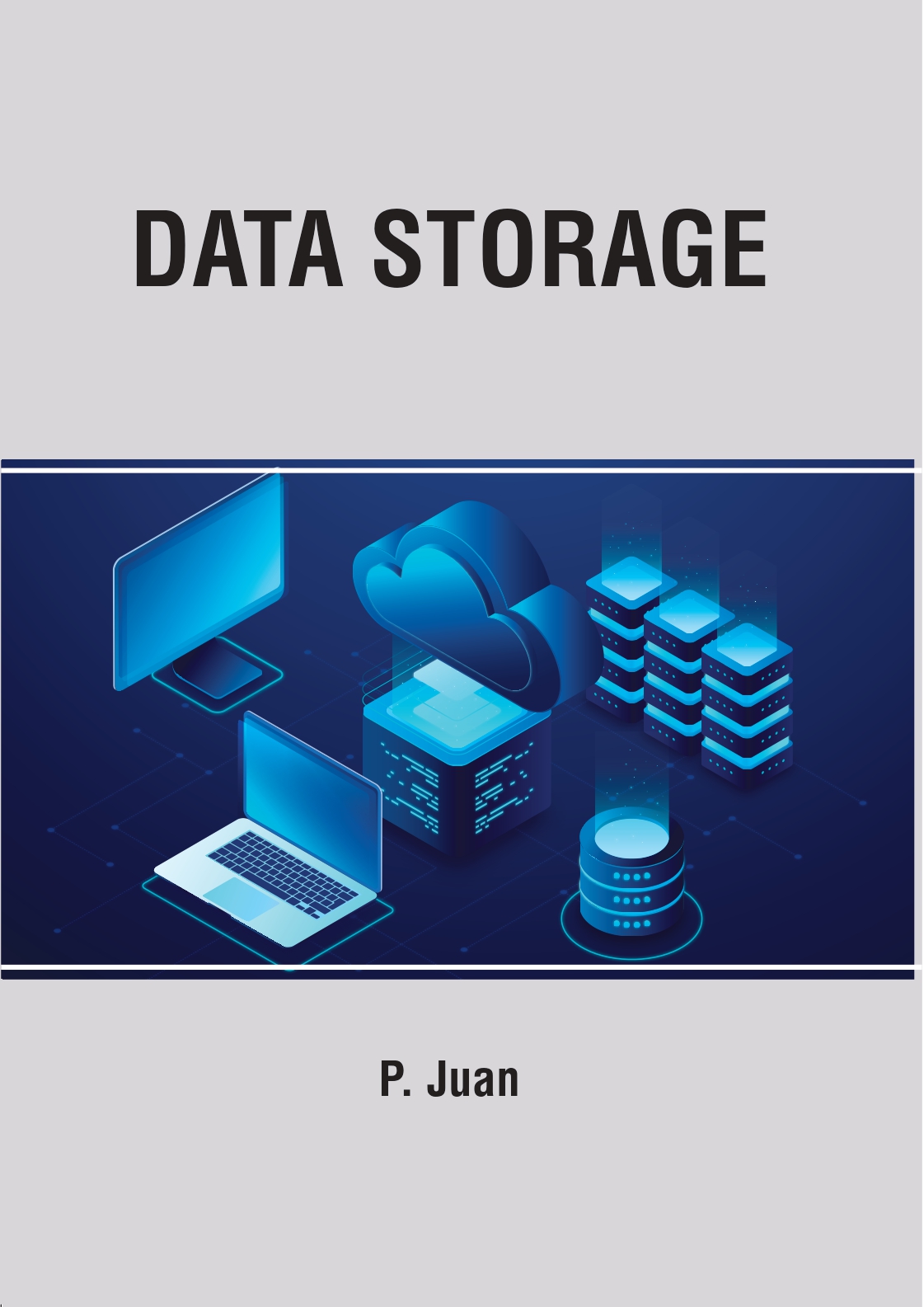Data Storage

Book Abstract
Dataacquisition, storage and transmission are mandatory requirements for different applications in the area of smart sensors and sensor networks. Different architectures and scenarios can be considered. Thus for smart sensors architectures(Frank, 2002) based on the IEEE1451.X standard (IEEE, 2007) the acquired data can be processed at the smart sensor level using data of the so-called standard template TEDS(Honeywell, 2009) stored in a non-volatile memory (Brewer & Gill, 2008). The auto-identification of the smart sensor (Yurish & Gomes, 2003) unit from a sensor network is based on the Basic TEDS that also represents part of the stored information. Considering smart sensor architectures (Song & Lee, 2008), the communication between the sensor processing unit (e.g. microcontroller) and one or multiple non-volatile memory units (e.g.Flash EEPROM memory units) is done using different communication protocols, such as SPI,I2C, 1-wire (Kalinsky & Kalinsky, 2002); (Paret & Fenger, 1997); (Linke, 2008). These protocols are thus frequently used in smart sensor implementations (IEEE, 2004)(Ramos et al., 2004). As the name implies, smart sensors networks are networks of smart sensors, that is, of devices that have an inbuilt ability to sense information, process the information and send selected information to an external receiver (including to other sensors). A "smart sensor" is a transducer (or actuator) that provides functions beyond what is necessary to generate a correct representation of a sensed or controlled quantity. This means that such nodes require memory capabilities to store data temporarily or permanently.
Book Detail
-
Book Title
Data Storage
-
Book ISBN
978-1-964321-42-4
-
Author
P. Juan
-
Category
Computer Science
-
Price
$ 180.00